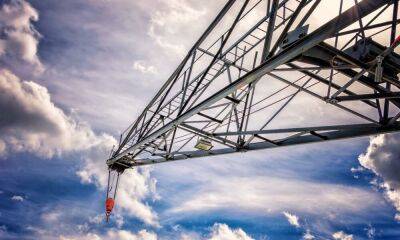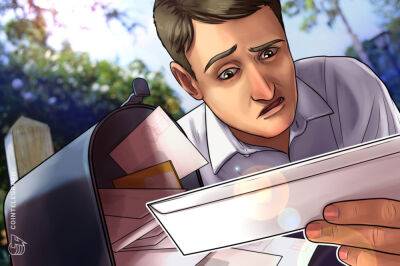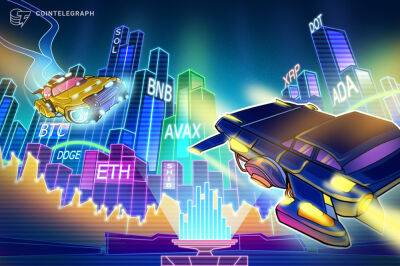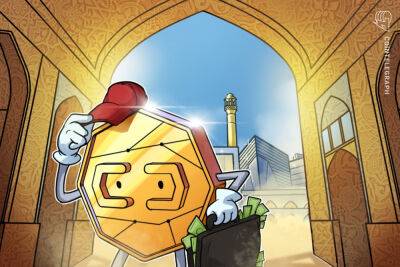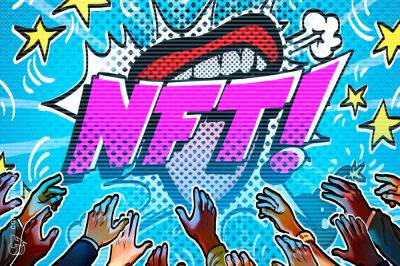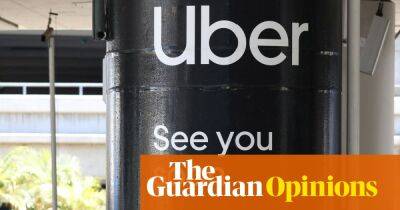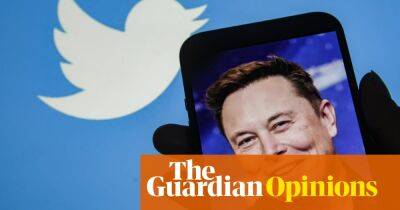This Is Why Fed Might Attack Inflation More Aggressively
Veronika Dolar, Assistant Professor of Economics, SUNY Old Westbury._______
Inflation surged at the fastest pace in over 40 years in May 2022, pushing the Federal Reserve toward a more aggressive pace of interest rate increases to slow it down. While there’s concern it could cause unemployment to spike, a little-known economics indicator suggests the Fed can do so without causing too much economic pain.
The Fed has already raised interest rates twice in recent months – including a half-point hike in early May – in an effort to tame inflation. Yet the consumer price index rose to an annualized rate of 8.6% from 8.3% in April, the Bureau of Labor Statistics reported on June 10. That’s above economic forecasts of 8.2% and the highest reading since December 1981, which is the tail end of the last time the U.S. economy wrestled with ferocious inflation.
In other words, the actions by the central bank so far don’t appear to have had much of an effect.
But lifting rates further could come at a cost. Economists fear that raising rates too fast and too steeply would likely put the brakes on economic growth, resulting in an economic recession and soaring unemployment. Yet as an economist who studies inflation, I believe there are several reasons the Fed can more fiercely fight inflation without worrying so much about unemployment.
Economists and investors have been urging the Fed to get more aggressive for many weeks.
Their main argument is that soaring inflation is at least partly the fault of the Fed – and the federal government. U.S. policymakers pursued very aggressive stimulus programs to cushion the economy-pummeling effects of COVID-19. The roughly US$4.6 trillion in stimulus money eventually led to an increase in overall
Read more on cryptonews.com



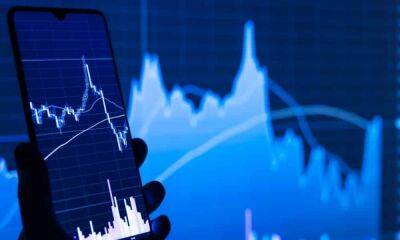
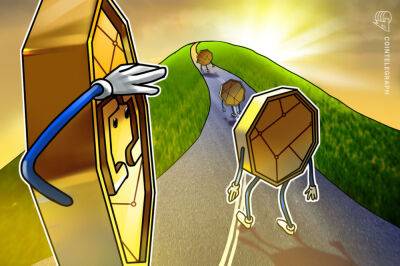
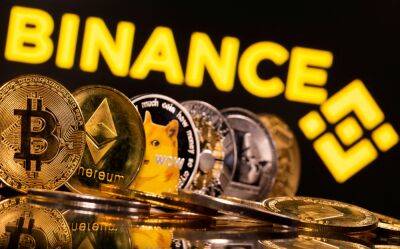


![When will Bitcoin [BTC] make a comeback? This exec thinks… - ambcrypto.com](https://finance-news.co/storage/thumbs_400/img/2022/7/11/33016_bezx.jpg)
